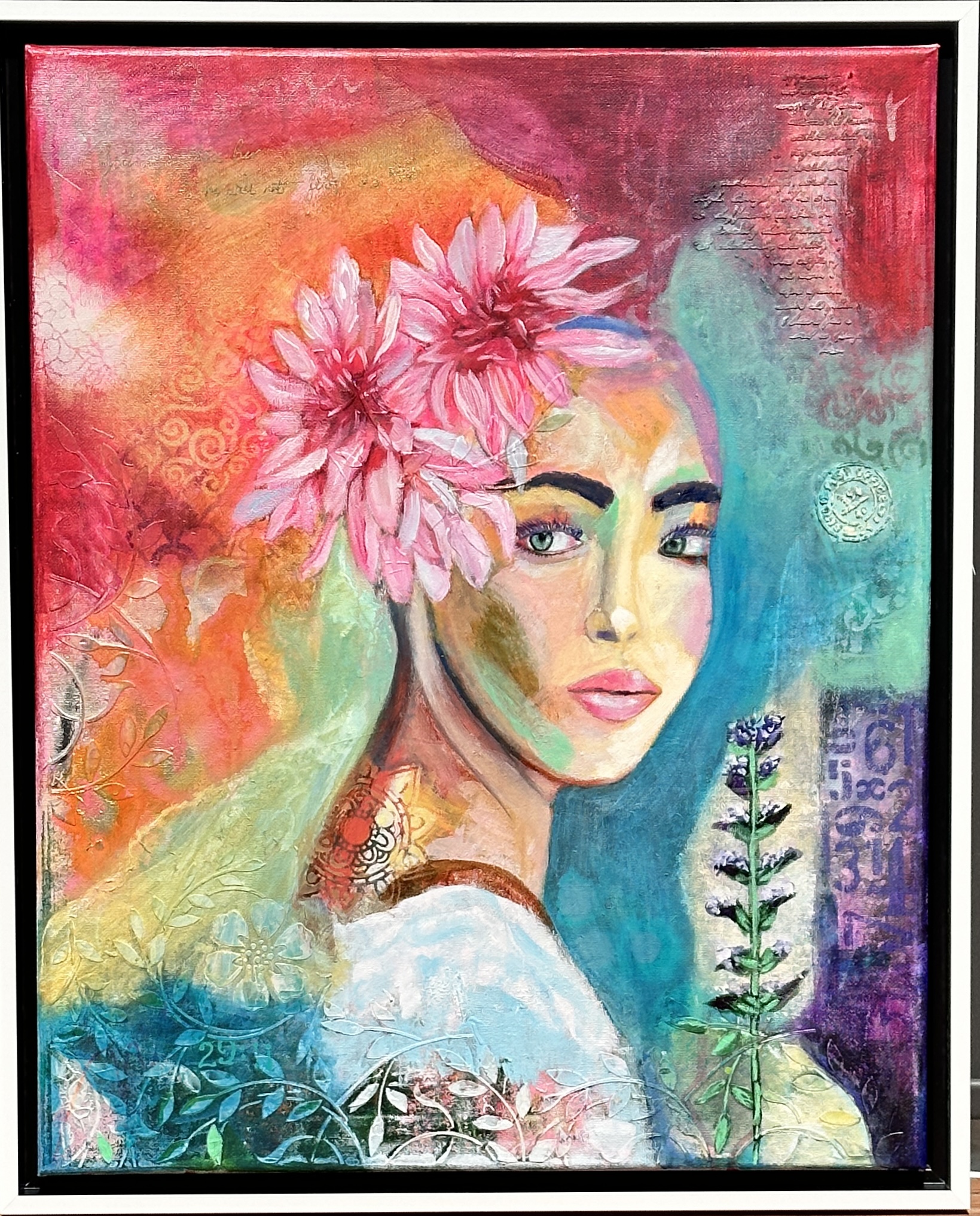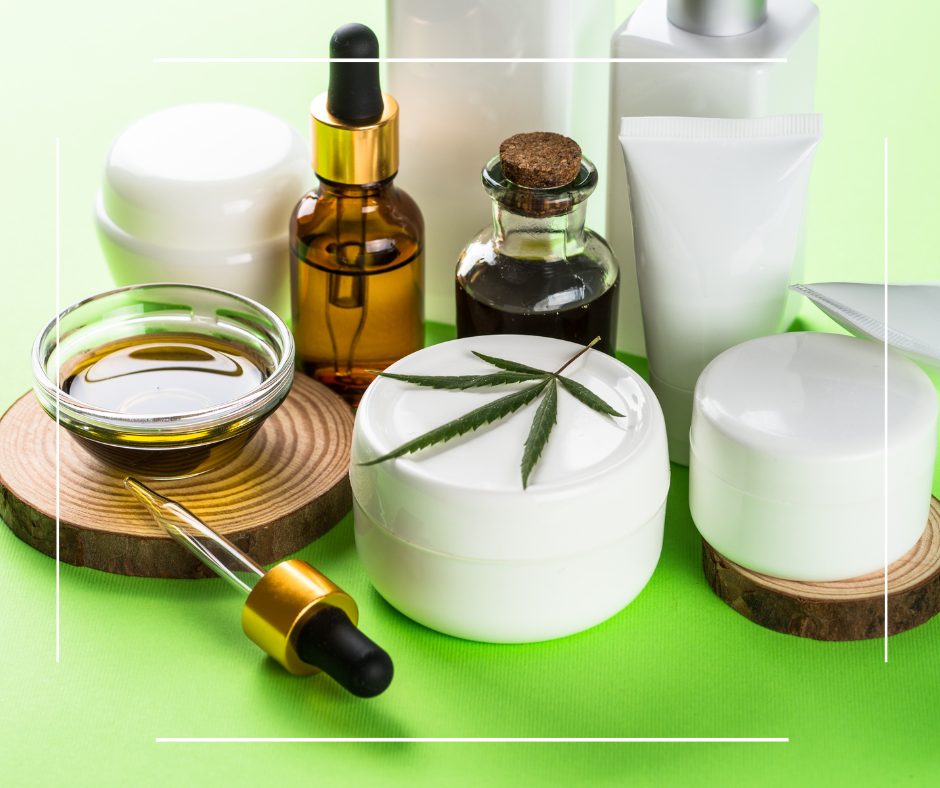
What are Topical Cannabinoids?
First, let’s understand what cannabinoids are. Cannabinoids are compounds found in the cannabis plant that interact with our body’s endocannabinoid system. These compounds can either be ingested or applied topically. The most well-known cannabinoid in the cannabis plant is THC, which is responsible for the plant's psychoactive effects. However, there are other cannabinoids like CBD, CBG, CBN, and many others, some of which have exceptional benefits to offer.
Topical cannabinoids are creams or lotions infused with cannabinoids and applied directly to the skin. Once applied, the cannabinoid molecules bind to the receptors in the skin cells, helping reduce inflammation and pain in a localized area. This treatment method is beneficial to seniors because it allows them to target specific areas of discomfort without the risks of systemic exposure.

What are the Benefits of Topical Cannabinoids?
One of the primary benefits of using topical cannabinoids is their anti-inflammatory properties. As we age, our bodies become more susceptible to chronic inflammation, which can lead to the development of more severe conditions. Applying topical cannabinoids can provide immense relief to seniors who suffer from arthritis, tendonitis, or other types of pain where inflammation is the primary source of discomfort.
Topical cannabinoids can also be helpful for seniors dealing with neuropathic pain, a sensation that can be challenging to treat with over-the-counter medication. Topical cannabinoids interact with the cannabinoid receptors in the skin to provide pain relief without the risk of addiction, unlike opioids.
Another potential benefit of using topical cannabinoids is their ability to improve skin health. Cannabinoids interact with the endocannabinoid receptors in the skin, which can help regulate oil production, treat acne, and repair sun damage. This means that seniors can enjoy healthier, less inflamed, and more moisturized skin.
In Bonni Goldstein's book "Cannabis is Medicine" she sites many studies that support the use of topical application for skin issues resulting from allergies, psoriasis, eczema, and itching associated with end-stage renal disease. She also sites the benefits that actually help bacterial infections such as MRSA and the rash associated with shingles. There was a mean reduction of pain by 87.8% in five of eight patients (62.5%) that used topical cannabinoids on the shingles rash. This is very important since a shingles rash can be extremely painful. There are studies regarding 2 severely painful conditions known as pyoderma gangrenosum and epidermolysis bullosa where using topical THC and CBD decreased the pain and inflammation of these conditions. This combination also improved wound healing.
A condition that affects pretty much every senior is arthritis. Applying topical THC, CBD and CBG to the smaller joints result in temporary relief of pain and inflammation.
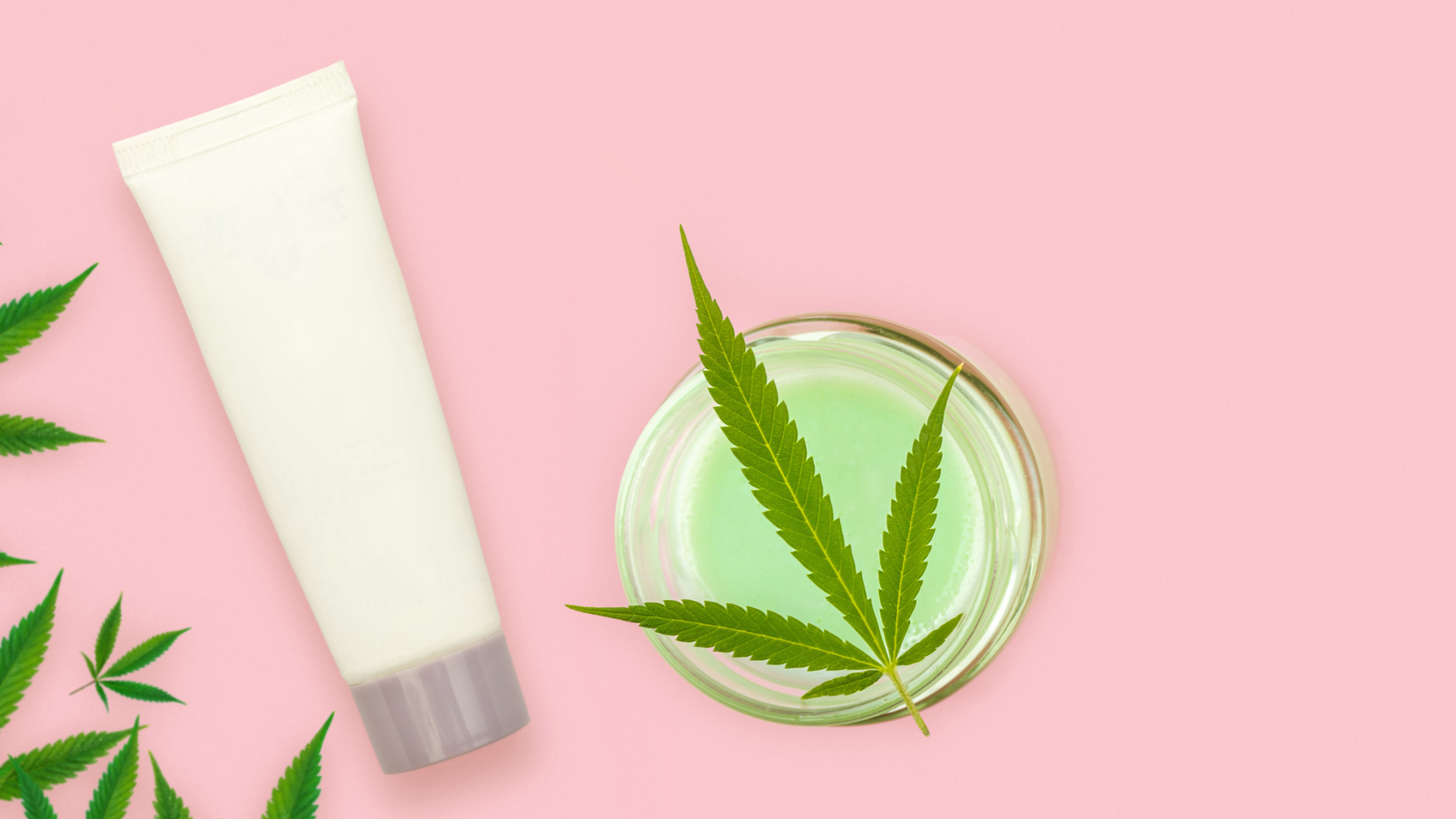
How to Know what to use
This is a big question and will vary according to where you live and what you have access to. Most dispensaries carry topical products so speaking with the budtender to determine which product is best for your concern is one way to get what you need. If you grow your own CBD or Cannabis, you can make your own products and there are many folks out there offering recipes. One of my favorite sources is https://emilykylenutrition.com/recipes/. Even with that great source, finding a good product specific for you can be obtained by signing up for an appointment with a cannabis coach. Your coach can guide your decision by visiting the dispensary close to you on line or making a product for you. When I make mine, I usually add essential oils to get the added benefit of the plant terpenes.

Conclusion
In conclusion, topical cannabinoids can provide immense relief for seniors who suffer from localized pain, inflammation, and skin conditions. The beauty of this treatment method is that it has very few side effects and offers a localized effect. While more research is needed, seniors can benefit from these cannabinoid-infused creams and lotions for their pain-relieving and skin care properties. However, if you are looking to use topical cannabinoids, it is essential to speak with your doctor first to determine the most effective treatment method for you.
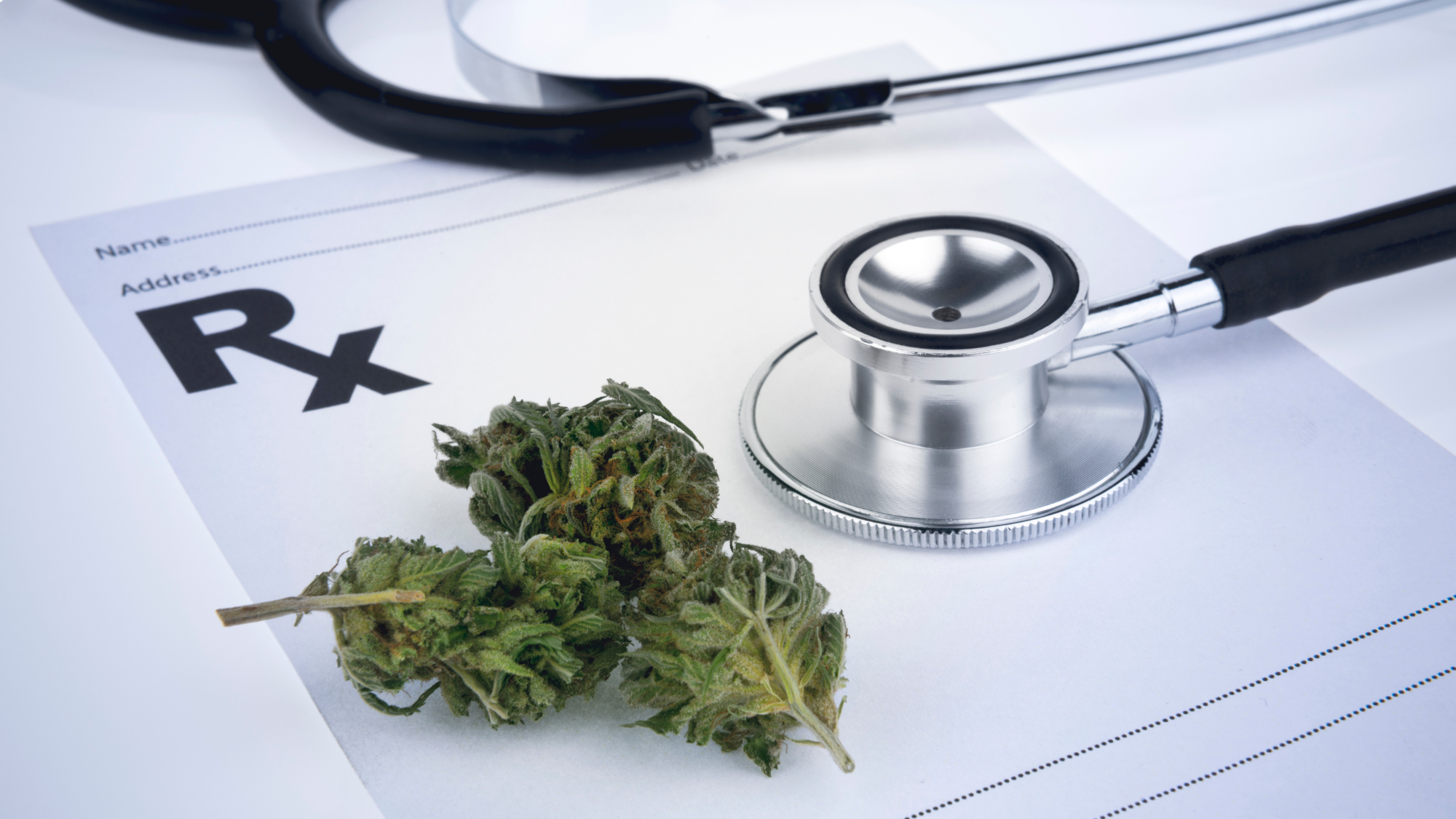
Examples of Acute Illnesses
Most of us have experienced a wide range of acute illnesses during our lifetime. From ear infections to sore throats, or asthma flare-ups, we've all been there. While most cases of sore throats are caused by viruses, with strep being the exception, it's often recommended to wait it out for 7-10 days before seeking medical help. Ear infections can be caused by bacteria and in children, generally need to be seen sooner than 7-10 days. In adults, a watch and wait method is recommended because many times, those symptoms will clear up over time. However, when it comes to asthma, cannabinoids like CBD or cannabis show promise. But could these substances also offer relief for ear infections and sore throats? Let's explore the possibilities.

Acute Asthma Exacerbation
Asthma is a chronic lung disease that causes inflammation and narrowing of the airways that leads to episodes of wheezing, shortness of breath, chest tightness, and coughing. These episodes, or "asthma attacks," can be triggered by things like exercise, cold air, allergies, or smoke. When a patient experiences an acute exacerbation the airways have become swollen and inflamed. The muscles around the airway will contract, the airway will produce extra mucus and this causes the bronchial tubes to become narrow resulting in difficulty with breathing. This can lead to an "asthma attack".
Cannabis has been used to treat asthma for centuries, dating back to at least the 18th century when it was included in the first edition of The New English Dispensatory in 1764. While the exact mechanism by which cannabis exerts its anti-asthmatic effect is not known, it is thought to work by reducing inflammation in the airways. A review of publications from PubMed and Medline found Cannabis has a bronchodilator effect on the airways and might have an anti-inflammatory effect on asthmatic patients. However, harmful effects on the lungs are mainly attributed to smoking and include airway irritation and the development of chronic bronchitis symptoms.1
CBD may also play a role in the anti-asthmatic effects of cannabis by keeping the endocannabinoid anandamide from breaking down. Anandamide is an endogenous cannabinoid (a compound produced naturally by our bodies) that is known to have anti-inflammatory effects. Because there are receptors and endocannabinoids found in most cells in the body, including the lungs, it's important to understand how these cells/receptors respond to the cannabinoids in CBD and cannabis. Research shows that CB1 receptors may be responsible for the relaxation of smooth muscle in the bronchioles which would be the mechanism of action of how using cannabinoids in the setting of an acute asthma exacerbation may be reasonable. 2 When CB1 receptors are stimulated, it inhibits the contraction of smooth muscle. In an exacerbation, it 's the contraction of the smooth muscle along with increased mucus production that causes breathing difficulty. It makes sense that using cannabinoids during an exacerbation would help restore breathing to a more normal level.
If you use cannabis for an exacerbation, it's not recommended to smoke it due to the harshness on the lungs but using a dry herb vaporizer would still have a quick onset of action and be less harsh. Using an oil or tincture under the tongue would be some relief but wouldn't be as effective in relaxing the contractions of the smooth muscle.

What About Ear Pain?
Ears can hurt for a number of reasons. You may have allergies that cause pressure on the inner ear. If you have dental pain because of cavities or maybe an oral procedure, pain can radiate into the ear. If you have been swimming, you may have swimmers ear. You may have an otitis media which is an inner ear infection. That can be caused by bacteria or viruses. Most of these conditions will resolve without intervention but some may require antibiotics or ear drops. But what about cannabis or CBD? That's what I wanted to know and try as I might, there are no studies surrounding the use of CBD and cannabis to relieve acute ear pain.
That being said, I am going to throw in my thoughts about what might be beneficial. We know that CBD and CBG are high in anti-inflammatory properties. If you use an oil you could apply it to the skin around the ear. When my grandkids were little we would use lavender essential oil in that same way and they would have relief within 15-20 minutes. Because the oil is absorbed into the skin it would have an effect within that same amount of time. You could also use the oil under the tongue or a tincture in the same way. Within 15-30 minutes you might have relief. The other option would be an edible but it will take longer to take effect, like 1.5-2 hours.
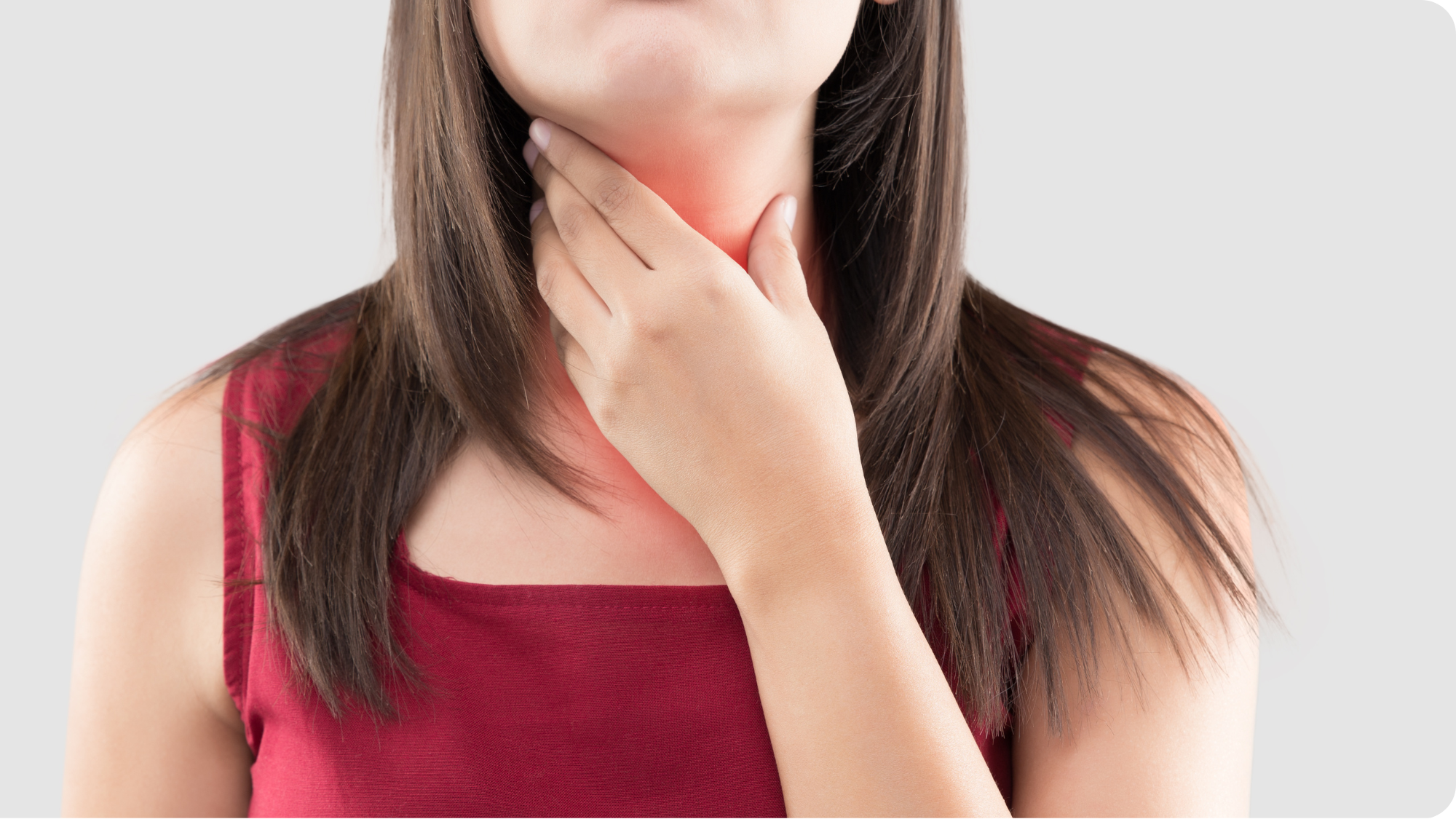
Pharyngitis
Pharyngitis means sore throat. Throats can become irritated and sore from allergies, breathing toxins like nicotine or chemicals, viruses or bacteria. Of course, the worse case scenario is a bacterial infection which would be caused by strep. In that case you have to have an antibiotic to avoid complications like Rheumatic heart disease.
I checked some dispensaries and there are CBD throat lozenges available but you could make your own as well. Again, there are no studies to support using CBD or cannabis for a sore throat.
Conclusion
Although medical advice should always be taken before evaluating the effectiveness of natural remedies from CBD to cannabis to essential oils, it's interesting to note that these compounds may offer a potential solution for those suffering from or trying to prevent asthma flare-ups. Even though research is ongoing, this could be an encouraging breakthrough, allowing people with asthma to receive quicker and effective relief. We must always remember that acute illnesses such as ear infections and sore throats are serious and should be addressed with the help of a medical professional if symptoms persist more than 7-10 days especially in children. Whether you suffer from one of these ailments or not, it's exciting know
that the possibility of using natural solutions can help with the discomfort of these common acute illnesses.
1) Israel Medical Association Journal 2020 Apr;22(4):232-235.
2) Molecules. 2019 Dec; 24(24): 4626.

Introducing the ‘Cannaboomers’- The Growing Number of Seniors Using Cannabinoids
As the stereotype of cannabis users shifts away from young adults and teens towards a more diverse representation, it's important to look at how this market is affecting seniors in particular. The ‘Cannaboomers’ — those aged 50 and over who are actively incorporating cannabis into their daily lives—are on the rise, creating both opportunities for community-driven business models as well as giving seniors access to potential medical treatments that can improve quality of life . With cannabis becoming increasingly accepted (medically or otherwise) around the world, now is an opportune time to explore how older populations are engaging with these products, especially topical products. Read on to learn more about this growing segment of cannabis consumers and how using topical CBD/THC may help improve quality of life.
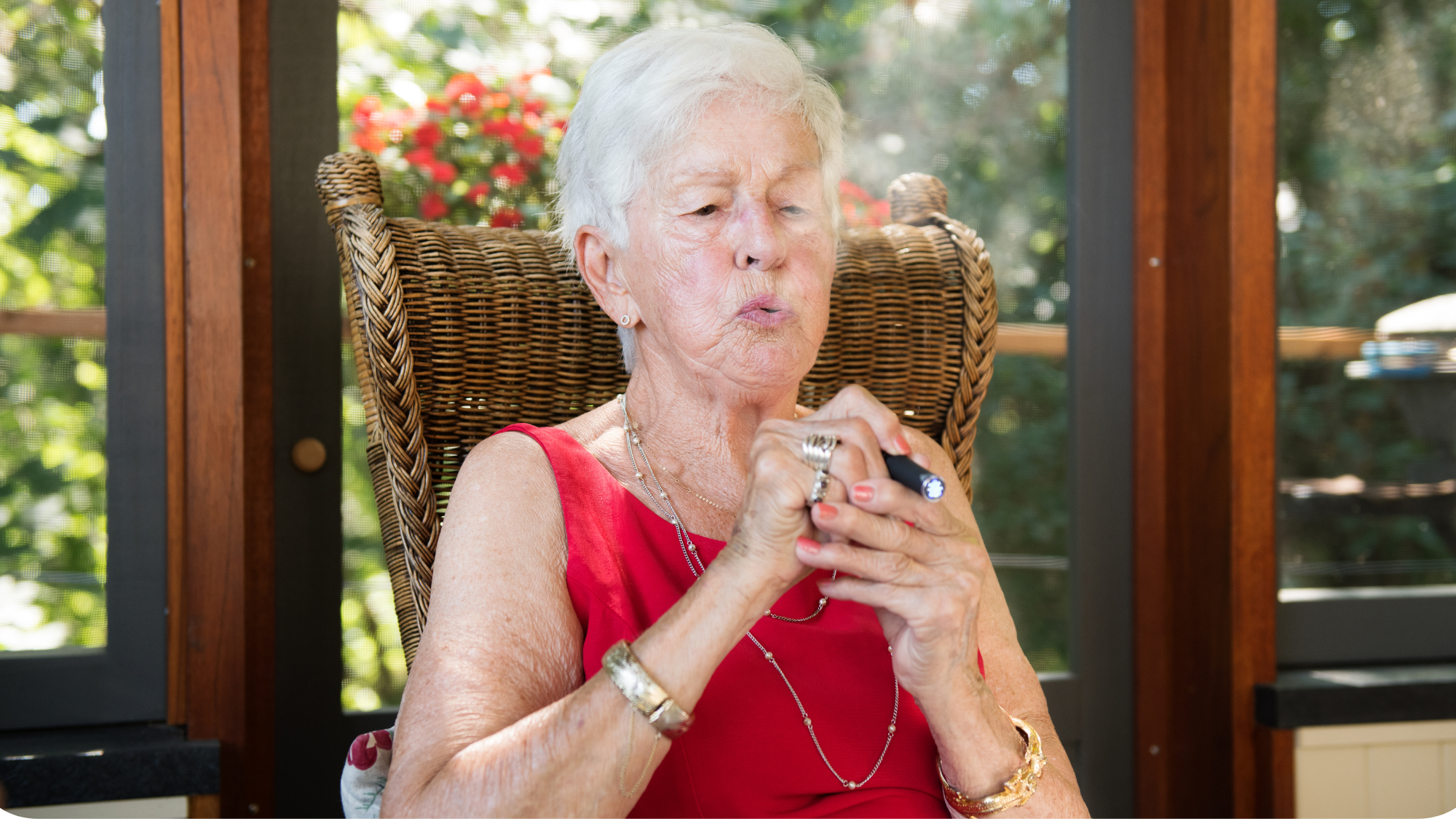
Seniors are Exploring the Use of Cannabis More than Ever
Seniors are the fastest growing group of cannabis users. Approximately 20% of folks over the age of 50 are reaching out for cannabis to address multiple ailments and conditions. This group of people may have experimented in the 60s and 70s but gave up for various reasons. They likely raised their kids during the era of "just say no" and that weed is the "devils lettuce". But people are sick of conventional approaches to medical issues such as pain, inflammation, insomnia, anxiety and more. Many seniors want to use the plant but are fearful of the psychoactive effects of THC. This is where using phytocannabinoids topically may be just the answer they are searching for.
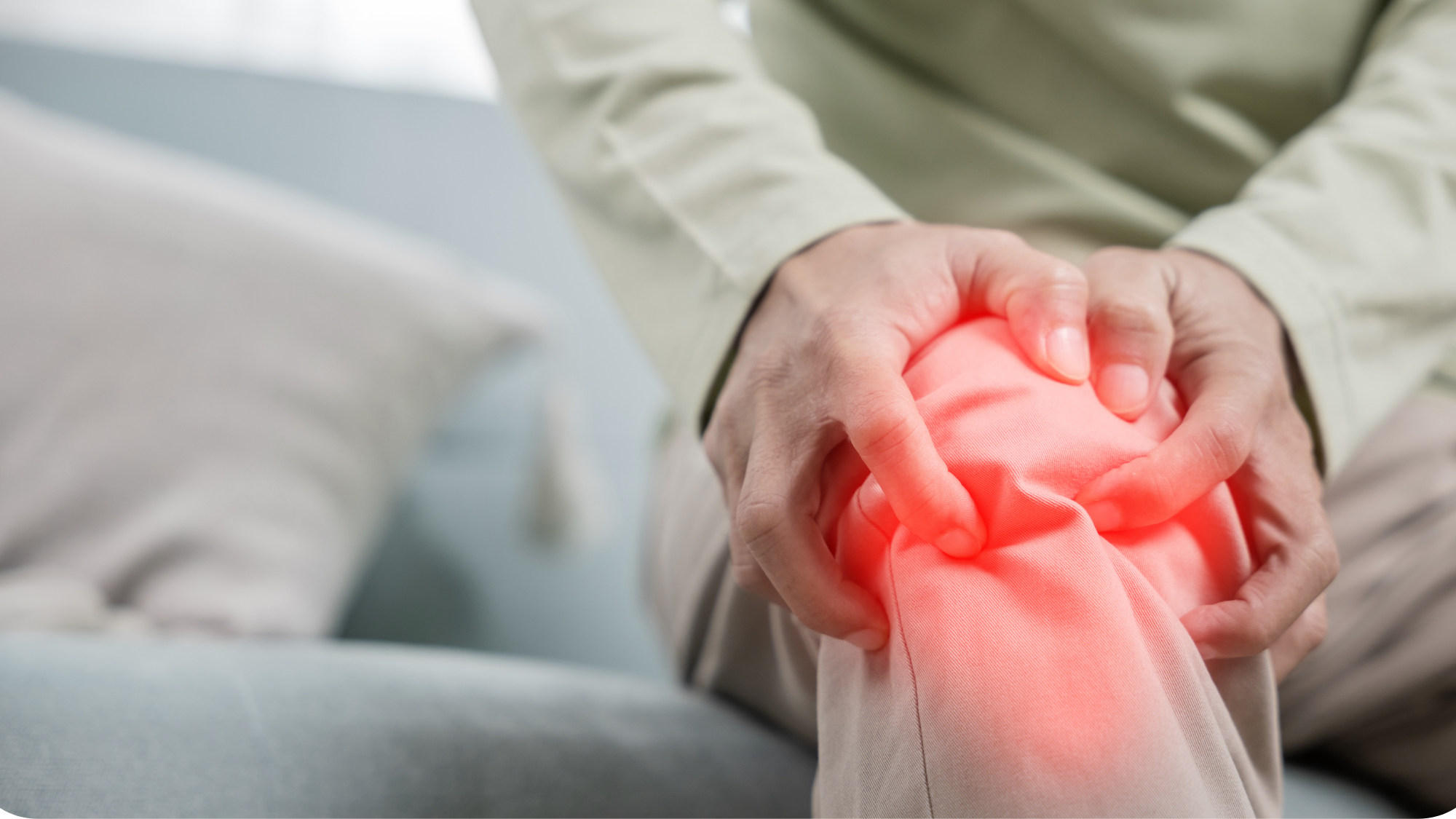
What Topical Cannabinoids are and Their Benefits for Seniors
First, we need to explain what cannabinoids are. Phytocannabinoids are compounds (CBD, THC, CBG, CBN, THCV are some examples) found in the cannabis plant that interact with our body’s endocannabinoid system. The endocannabinoid system is like a secret club in your body consisting of neurotransmitters AEA and 2AG and tons of receptors found in and on the body that only responds to the coolest members - phytocannabinoids. You could say it's pretty exclusive.
More and more seniors are turning to topical application for targeted relief and also because they don't want to experience the psychoactive effects of inhaling cannabinoids, mainly THC. Topical cannabinoids are creams or lotions infused with cannabinoids and applied directly to the skin. Once applied, the cannabinoid molecules bind to the receptors in the skin cells, helping reduce inflammation and pain in a localized area.
Pain and Inflammation
One of the primary benefits of using topical cannabinoids is their anti-inflammatory properties. As we age, our bodies become more susceptible to chronic inflammation, which can lead to the development of more severe conditions such as arthritis and joint pain. Applying topical cannabinoids can provide immense relief to seniors who suffer from arthritis, tendonitis, or other types of pain where inflammation is the primary source of discomfort. Endocannabinoid receptors are abundantly located on the skin so using a topical salve, balm, ointment or patch over the affected joint or muscle will help alleviate pain in that area. It will take effect in about 30 minutes on a smaller frame person and and hour or so on a larger frame person.
Topical cannabinoids can also be helpful for seniors dealing with neuropathic pain, a sensation that can be challenging to treat with over-the-counter medication. Pharmaceuticals that treat neuropathic pain can have a whole host of side effects especially in the elderly. Medications commonly prescribed are gabapentin, lyrica and opiates. Using creams, lotions, balms, salves or transdermal patches can help those tiny nerves that are affected and result in neuropathy symptoms. Using these products will reduce the risk of side effects of pharmaceuticals including dependency.
Improving Skin Health
Another benefit of using topical cannabinoids is their ability to improve skin health. Cannabinoids interact with the CB2 receptors in the skin, which can help regulate oil production, treat acne, repair sun damage and help improve conditions such as eczema and psoriasis. I like to apply my own homemade product to my face and have noticed a difference in the fine lines and wrinkles I am experiencing.
Promoting Better Sleep
When pain is present, anxiety can occur and thus, sleep is affected. Topicals can promote better sleep by reducing stress and anxiety, relaxing the body and mind, and easing pain and discomfort. Apply your salve or cream on the bottom of the feet just before bed and if you make your own, add some high quality lavender essential oil for an added boost.

Pros and Cons of Using Topical Cannabinoids
Pros of using topicals:
- Because this approach eliminates first pass metabolism, and it isn't being absorbed into the blood stream it alleviates feeling the psychoactive effects of THC
- You can take it with you
- If you use phytocannabinoids internally or via inhalation - it can be an adjunct
- You can target the localized area you wish to address
Cons of using topicals:
- Potency can vary from product to product
- It can be expensive
- It can be messy
As a senior myself, with arthritic knees and feet and occasional shoulder and neck and back pain, I have found using topicals for a targeted approach is an immense help. I highly recommend it and if you need guidance, I can help you with that. Click the button for more information.

What is dyspareunia and what are the symptoms of this condition?
Dyspareunia is the medical term for pain during intercourse. There are a variety of potential causes of dyspareunia including infection, inflammation, menopause, endometriosis, pelvic floor muscle spasm, and scar tissue from surgery or childbirth.
The pain can be either sharp or dull, and can be felt in the vagina, vulva, pelvis, or lower back. In some cases, the pain can be so severe that it prevents intercourse altogether.
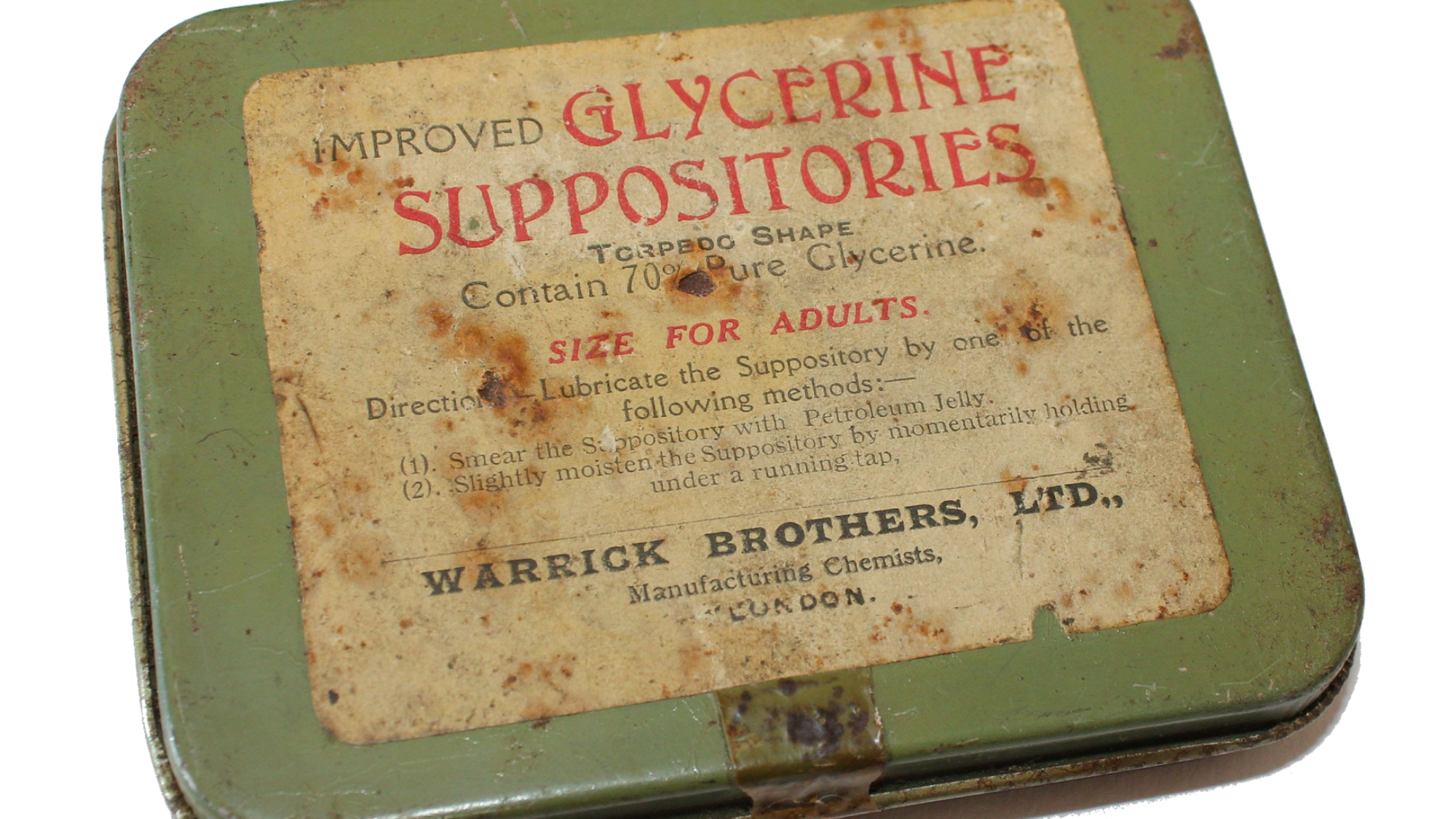
What is the Conventional Approach for Treating Dyspareunia?
It really depends on the suspected cause. Treatments may vary depending on the underlying cause, but can include lubricants, topical treatments, vaginal dilators, pelvic floor physical therapy, and sometimes surgery. If it is injury from childbirth, the approach may be pelvic floor therapy. If it is endometriosis, surgery to remove the implants and/or supplements might be tried.
For this discussion, the cause of dyspareunia is due to menopause which causes the decline of estrogen and progesterone resulting in changes in the vaginal walls. This hormonal change causes vaginal dryness that during intercourse, can feel like shards of glass cutting the vaginal walls. If that happens, it causes tiny tears in the vaginal wall from the friction, which results in scarring and further pain. Many people experience discomfort or pain during sex after menopause due to vaginal dryness, loss of normal secretions and lubrication, decreased elasticity, and narrowing of the vagina. Menopausal vaginal changes are generally more severe if intercourse (or other activities that involve vaginal penetration) is infrequent. Although hot flashes and most menopausal symptoms improve with time, vaginal dryness and resulting painful sex generally worsen with time, if not treated.
HRT (hormone replacement therapy) is a common method for addressing post menopause dyspareunia but some women are not candidates for synthetic HRT. Another option is bio-identical hormones that are plant based hormones compounded at a compounding pharmacy.
Now, there may be a new treatment option on the horizon - cannabis suppositories. In the case of painful intercourse due to menopause, suppositories act not only as medicine but also as a lubricant.
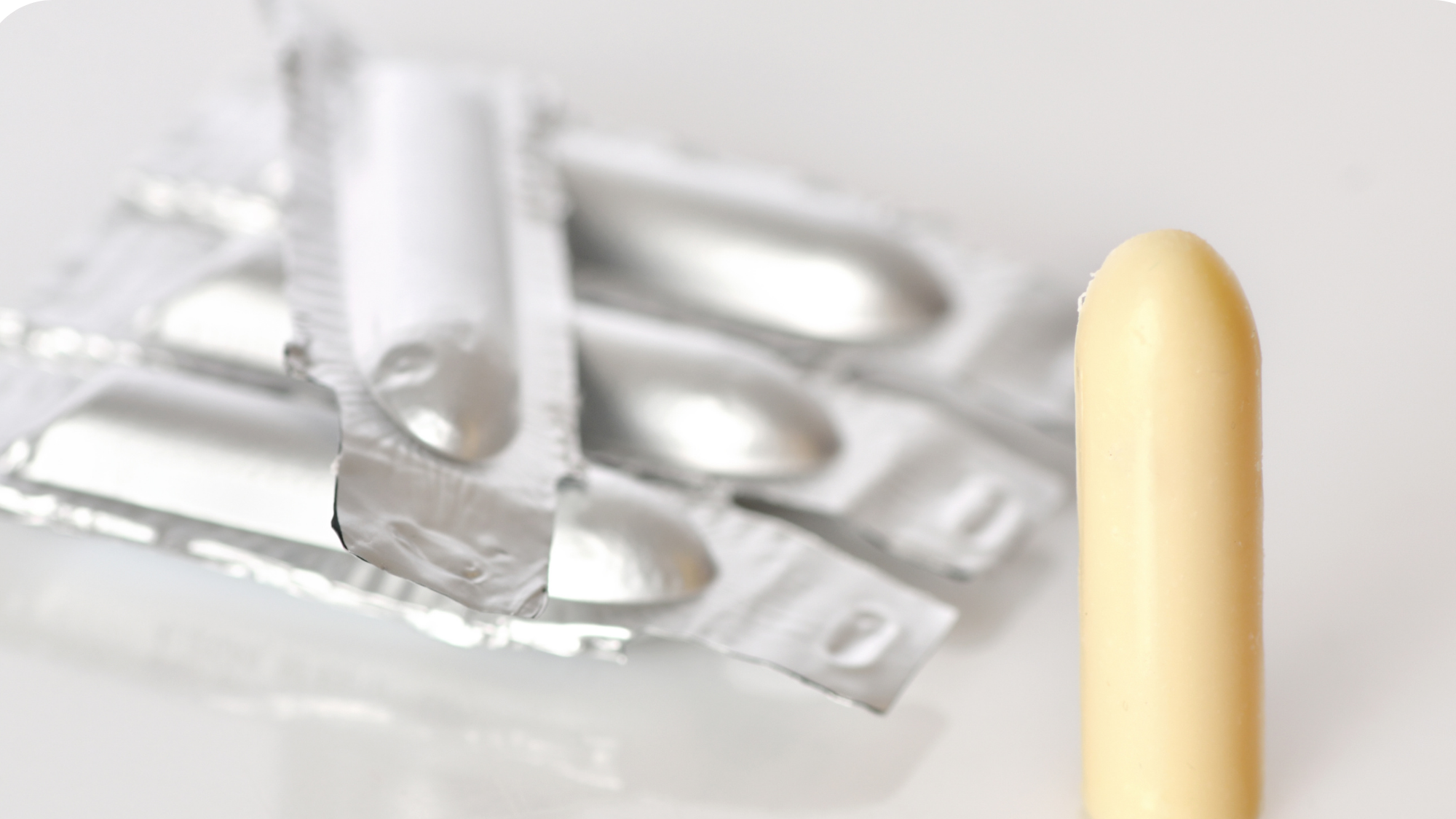
Cannabis Suppositories for Dyspareunia - How Do They Work?
A small study published in 2016 found that 2 out of 3 women who used a cannabis suppository for dyspareunia reported reduced pain during intercourse. Another small study published in 2018 found similar results with 8 out of 9 women reporting reduced pain after using a cannabis suppository. While these studies are very preliminary and more research is needed to confirm these findings, they do provide some promising evidence that cannabis suppositories may be an effective treatment option for dyspareunia.
Cannabis suppositories are small capsules that are inserted into the vagina where they dissolve and release their active ingredients. The active ingredients in cannabis are cannabinoids like THC and CBD. These cannabinoids interact with our body's endocannabinoid system which is involved in regulating a variety of functions including pain perception, inflammation, and muscle spasm. This interaction between cannabinoids and our endocannabinoid system is what gives cannabis its therapeutic properties.
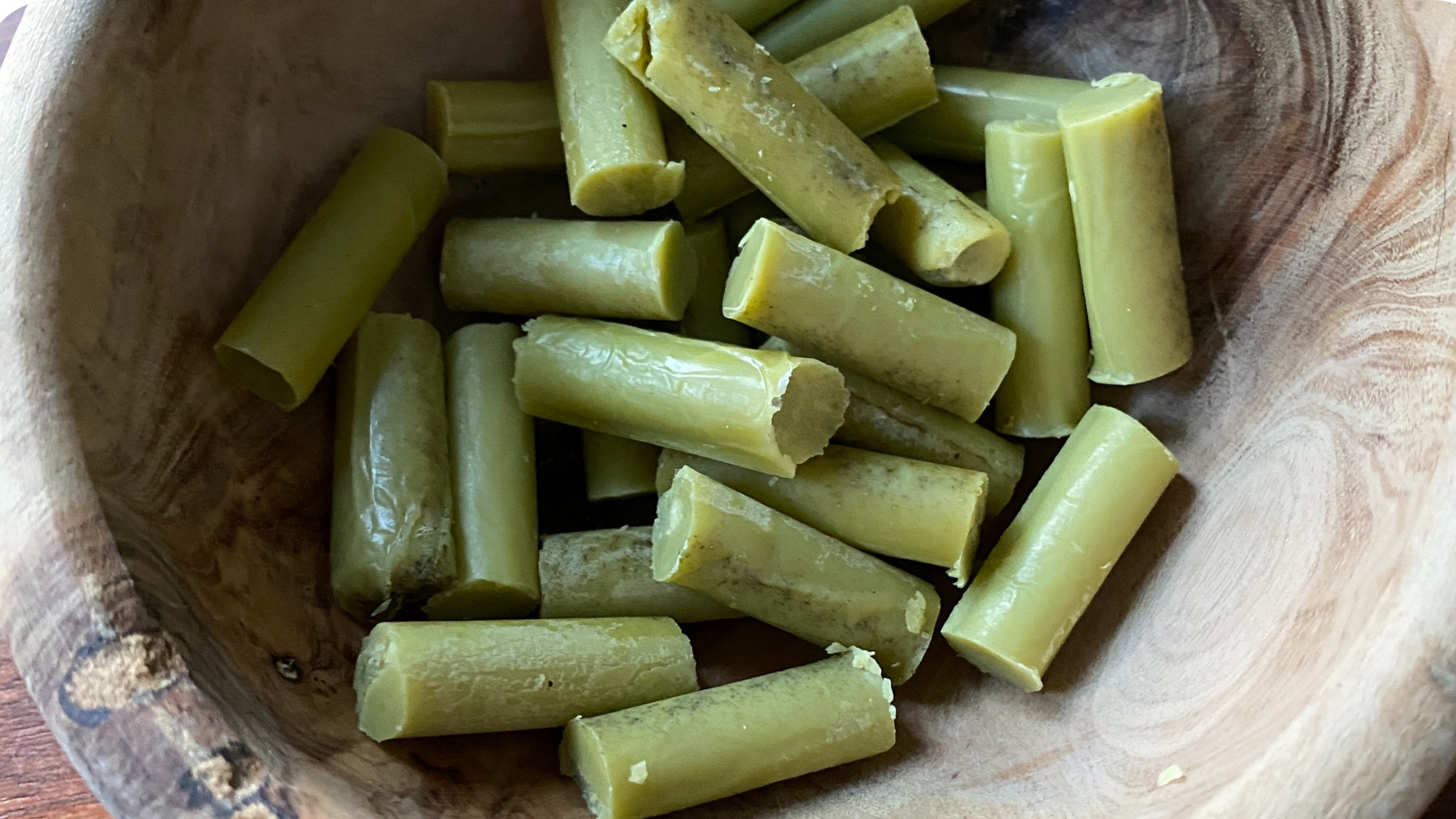
Are there any side effects associated with using cannabis suppositories for dyspareunia relief?
The only rather annoying consequence of using suppositories vaginally is there may be a discharge of some of the ingredients used to make the suppository. The ones I make are made with cocoa butter and shea butter so that can leak out once it melts. Otherwise, As with any treatment option, there are potential risks and side effects associated with using cannabis suppositories. The most commonly reported side effects are local reactions like irritation or burning at the site of application. These side effects are typically mild and resolve on their own within a few days.
Some resources report that because cannabis suppositories are absorbed through the vaginal tissue into the bloodstream, there is a risk of them affecting other parts of the body like the brain. This means that people who use cannabis suppositories may experience psychoactive effects like euphoria or anxiety. However, these effects are typically mild and temporary. For me personally, my suppositories are calculated at 65 mg and I have never felt psychoactive effects from this dosage and method of use. Overall, cannabis suppositories appear to be safe and well-tolerated with minimal side effects.
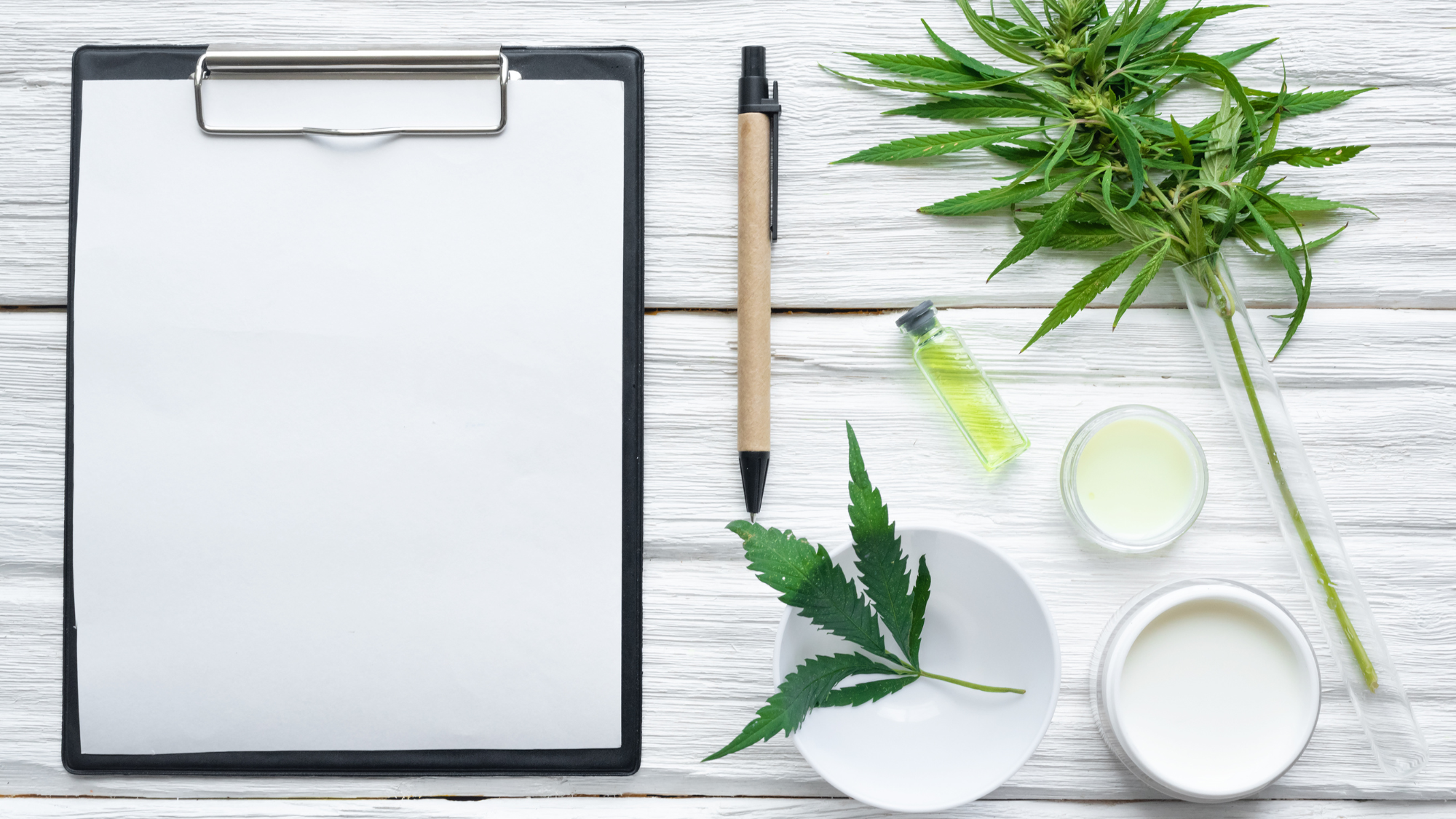
How do you use a cannabis suppository for dyspareunia relief and what are the dosage instructions?
The suppository is inserted into the vagina at bedtime. In our area, Southern Illinois, there are no dispensaries that carry suppositories. You can’t buy them online because they can’t be shipped across state lines, so you have to make your own. I have my medical cannabis card so I am allowed to grow my own cannabis. I use about 28 gms of “shake” to make suppositories in a base of cocoa butter and shea butter. The dose of these is calculated at 65 mg. Again, I have never gotten high using this dose vaginally. You can use them every night or as needed. They do make a great lubricant which will help with the vaginal dryness. Dosing can vary with 20 mg to 1 gram.
Conclusion:
Dyspareunia is a common condition that can cause significant pain during intercourse. While there are a variety of potential treatments available, none of them are perfect. Cannabis suppositories may offer a new treatment option with minimal side effects and promising preliminary evidence for efficacy. However, more research is needed before we can say for sure whether or not they work for treating dyspareunia. I can personally say that they have been a game changer for me!!
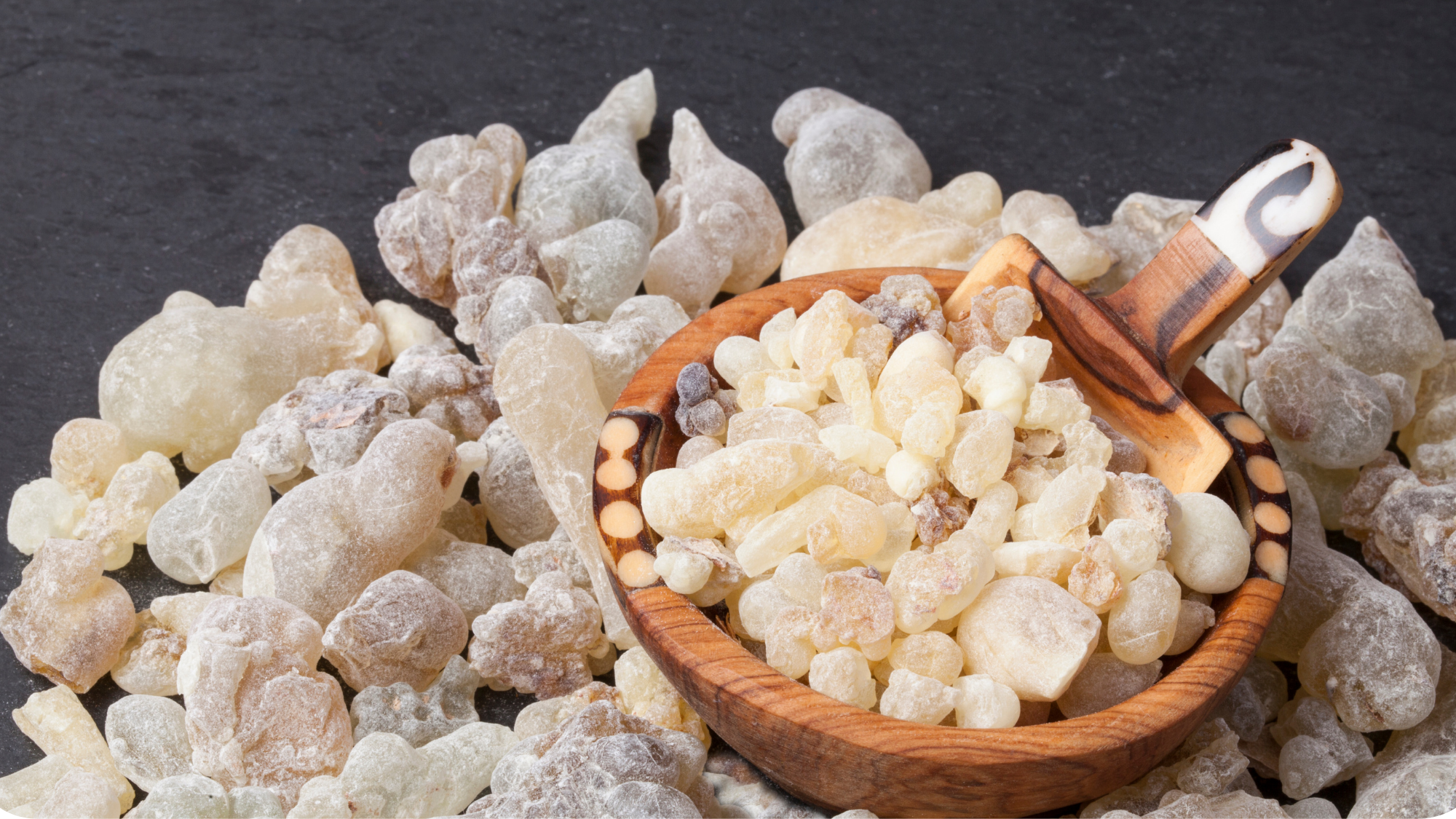
FRANKINCENSE
Frankincense is a resin that is derived from trees of the genus Boswellia. The tree produces a gum-like resin which can be collected and used for a variety of purposes. Frankincense has been used in religious ceremonies for centuries and is still used today in some cultures.
Frankincense is a popular ingredient in many perfumes and cosmetics. It has a unique, warm, woody aroma that is often used in combination with other fragrances. Frankincense is also used in some food and drink recipes.
There are many different types of frankincense, each with its own unique scent and flavor. The most common type of frankincense is Boswellia carteri, which is harvested from trees in Somalia. Other popular types include Boswellia sacra (from Oman) and Boswellia seratta (from India).

HISTORICAL SIGNIFICANCE
Frankincense has been essential to many cultures since ancient times, and it is no surprise that the three wise men gave this precious gift to Jesus. It is part of the "Holy Anointing Oil" referenced in the Bible. It was more valuable than gold in the days of Jesus' birth.
Frankincense essential oils have numerous health benefits. It has been said it is "Used to treat every conceivable ill known to man". particularly around calming and healing emotional wounds, which made it beneficial for Jesus's emotional and physical wellbeing as he began his ministry. In addition, the essential oil of frankincense has been used throughout history to restore hormone balance in the body, improve concentration and spirituality, reduce stress levels, and boost immunity and help skin conditions.
Frankincense oil is said to have anti-inflammatory, antiseptic, and astringent properties. It is also used to treat colds, coughs, digestive disorders, and wounds
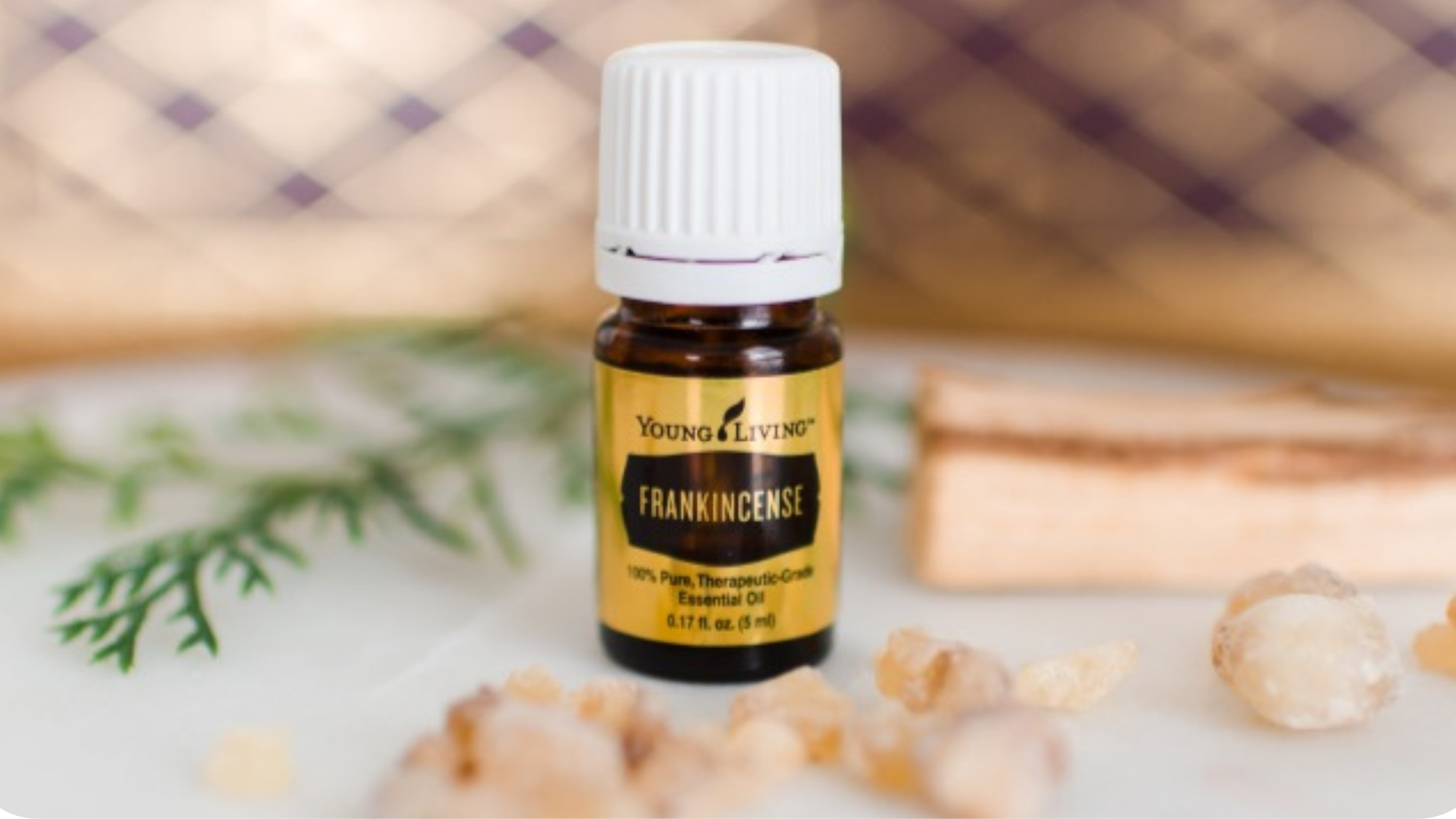
TERPENES
There are many different types of frankincense, each with its own unique scent and flavor. The most common type of frankincense is Boswellia carteri, which is harvested from trees in Somalia. Other popular types include Boswellia sacra (from Oman) and Boswellia seratta (from India).
The primary terpenes in Frankincense are alpha-pinene, limonene and myrcene. You can find these same terpenes in cannabis medicine chemovars such as Jack Herer, Blue Dream, Kush varieties (pinene), OG chemovars, Sour Diesel (limoniene) and Grape Ape, Granddaddy Purple or any purple varieties (myrcene).
There is no risk for using Frankincense for whatever ails you and any of the cannabis plant medicine options as well.
As usual, make sure your essential oil is from a reputable company that cares about how it is grown, harvested and distilled. And if you need help with oils or cannabis and CBD, I would love to be in that role for you!
Merry Christmas and let's break the stigma!





